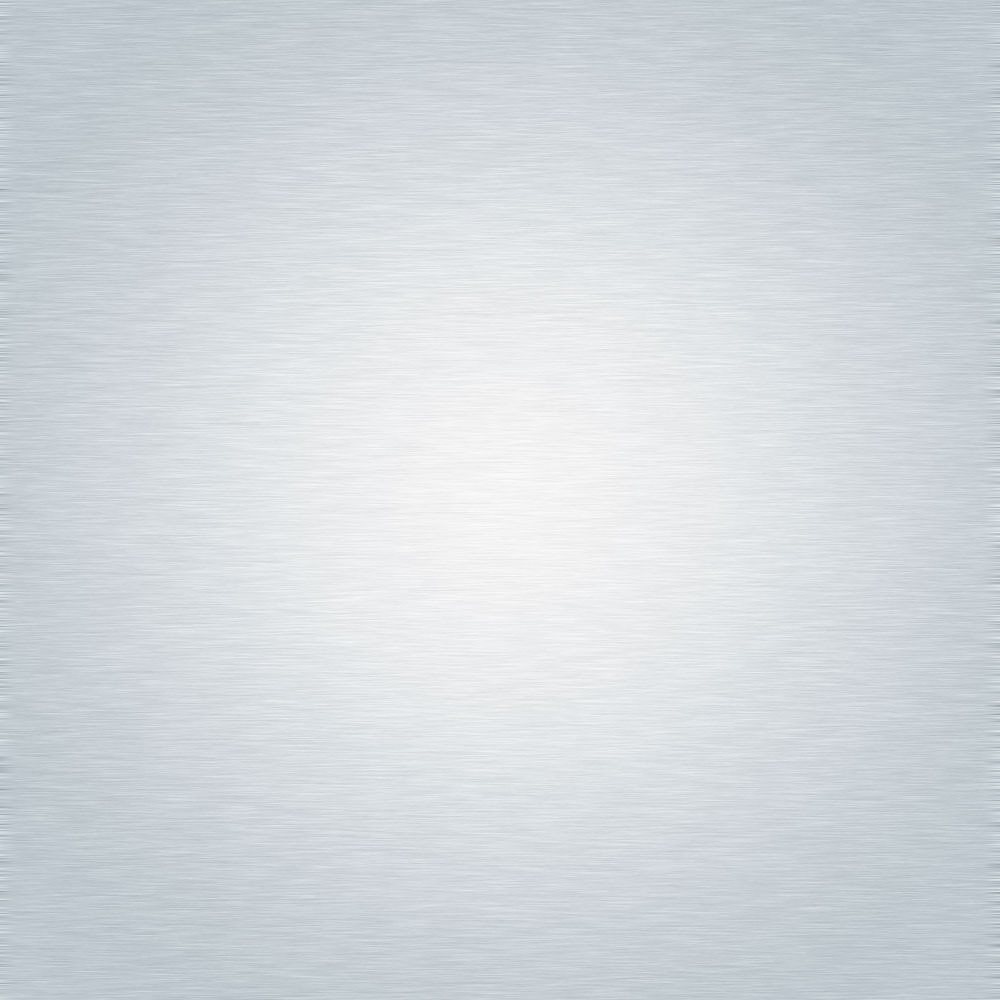

20
SUPLEMENTO
Ecografía Dermatológica
Actual. Med.
2014; 99: (793). Supl. 20-68
revisión
Ambos signos indican mal pronóstico de estas enfermedades.
La fase inactiva o atrófica se caracteriza por:
1) Disminución del grosor de la dermis y del tejido celular
subcutáneo
2) Aumento del componente fibroso de la dermis e
hipodermis
3) Disminución de la vascularización.
b) Reacción inflamatoria crónica a cuerpo extraño (13-14)
(ver tabla 5)
c) Inflamación por proceso infeccioso subyacente (13-14)
(ver tabla 5)
BIBLIOGRAFÍA
1.
Ecografía aplicada a las enfermedades inflamatorias de la piel.
Manual de Ecografía Cutánea. Alfageme F. Amazon Ltd. Págs.
45-52.
2.
Johnson MA, Amstrong AW. Clinical and histologic diagnostic
guidelines for psoriasis: a critical review. Clin Rev Allergy
Inmunol. 2013;44:166-72
3.
Baran R. The burden of nail psoriasis: an introduction.
Dermatology. 2010;221 Suppl 1:1-5
4.
Gutierrez M, Wortsman X, Filippucci E, De Angelis R, Filosa
G, Grassi W. High-frequency sonography in the evaluation
of psoriasis: nail and skin involvement. J Ultrasound Med.
2009;28:1569-74.
5.
Esmann S, Jemec GB. Psychosocial impact of hidradenitis
suppurativa: a qualitative study. Acta Derm Venereol
2011;91:328-332.
6.
Hurley H. Axillary hyperhidrosis, apocrine bromhidrosis,
hidradenitis suppurativa, and familial benign pemphigus:
surgical approach. In: Roenigh R RH, ed. Dermatologic surgery
New York: Marcel Dekker; 1989:729-739.
7.
Canoui-Poitrine F, Revuz JE, Wolkenstein P
, et al.
Clinical
characteristics of a series of 302 French patients with
hidradenitis suppurativa, with an analysis of factors associated
with disease severity. J Am Acad Dermatol 2009;61:51-57.
8.
Sartorius K, Emtestam L, Jemec GB
, et al.
Objective scoring
of hidradenitis suppurativa reflecting the role of tobacco
smoking and obesity. Br J Dermatol 2009;161:831-839.
9.
Sartorius K, Lapins J, Emtestam L
, et al.
Suggestions for
uniform outcome variables when reporting treatment effects
in hidradenitis suppurativa. Br J Dermatol 2003;149:211-213.
10. Kimball AB, Jemec GB, Yang M, Kageleiry A, Signorovitch JE,
Okun MM, Gu Y, Wang K, Mulani P, Sundaram M. Assessing
the validity, responsiveness, and meaningfulness of hte
hidradenitis suppurativa clinical response (HiSCR) as the
clinical endpoint for hidradenitis suppurativa treatment. Br J
Dermatol 2014.Epubmed Ahead to print.
11. Worstman X, Moreno C, Soto R, Arellano J, Pezo C, Worstman
J. Ultrasound in-depth characterization and staging of
hidradenitis suppurativa. Dermatol surg 2013;12:1835-42.
12. Wortsman X, Revuz J, Jemec GB. Lymph nodes in hidradenitis
suppurativa. Dermatology 2009;219:22-4
13. Worstman X, Gutierrez M, Saavedra T, Honeyman J. The role
of ultrasound in rheumatic skin and nail lesions: a multi-
specialit approach. Clin Rheumatol. 2011;30:739-48
14. Inflammatory skin diseases. In: Dermatologic ultrasound with
clinical and histologic correlations. Ximena Wortsman. Ed
Springer.. 2013.73-116

















